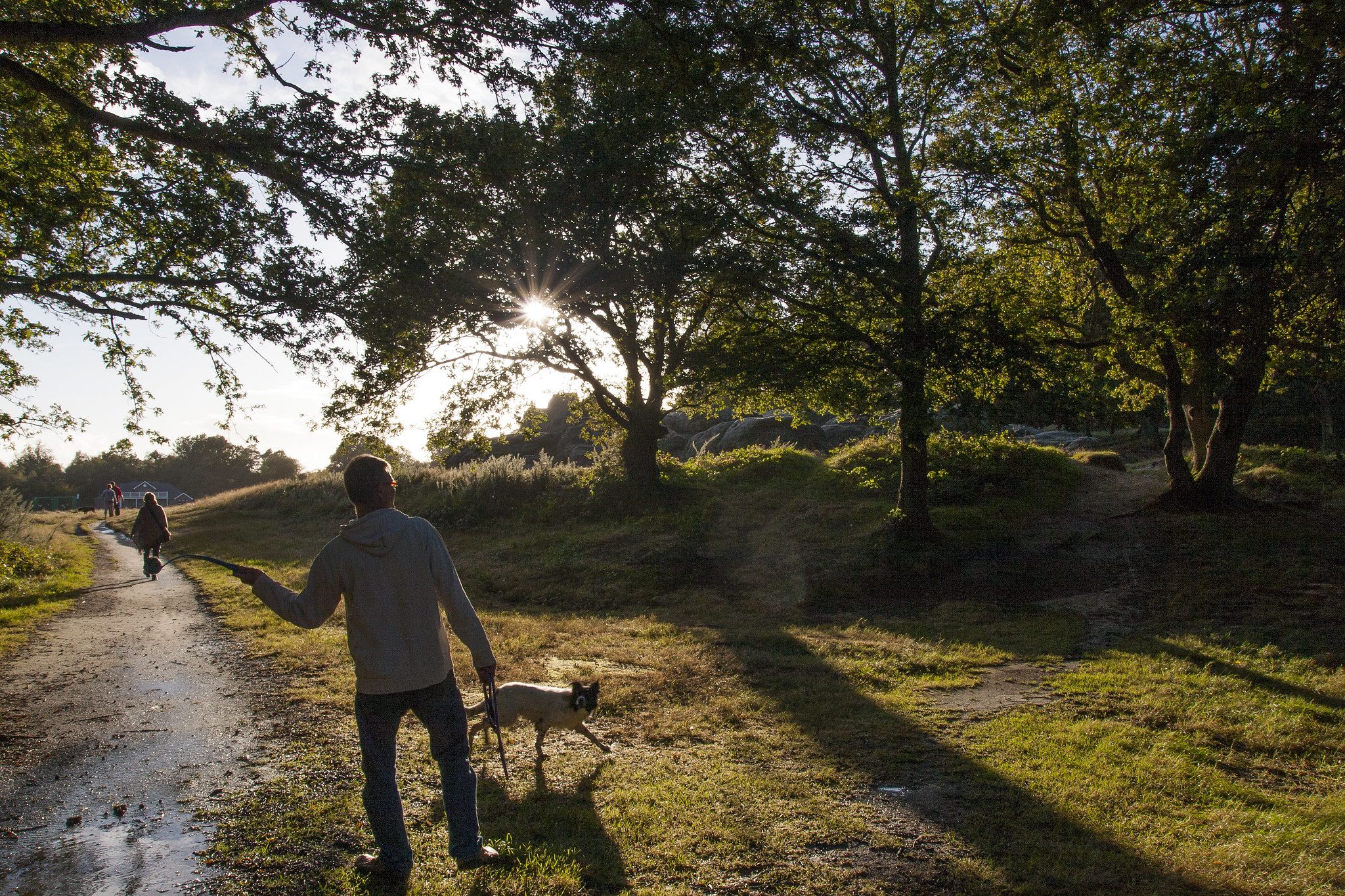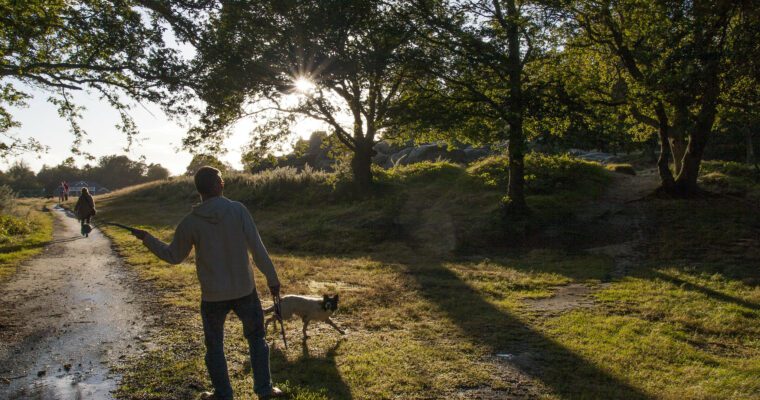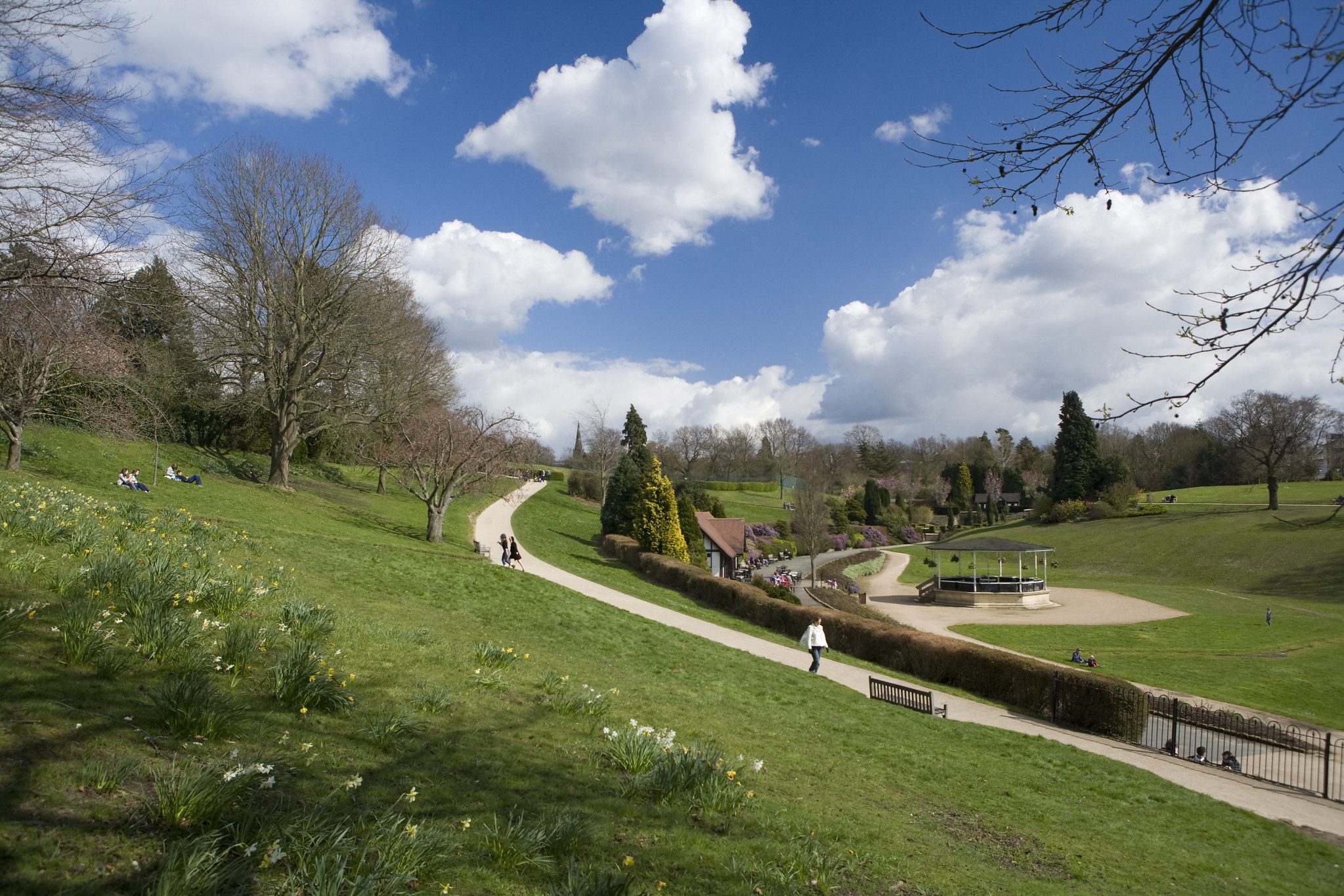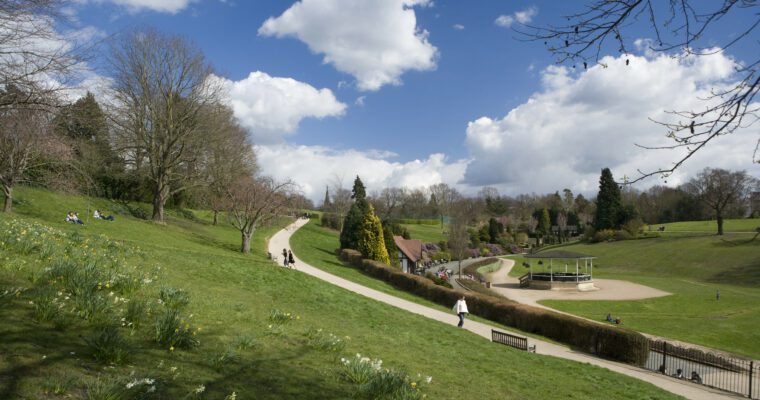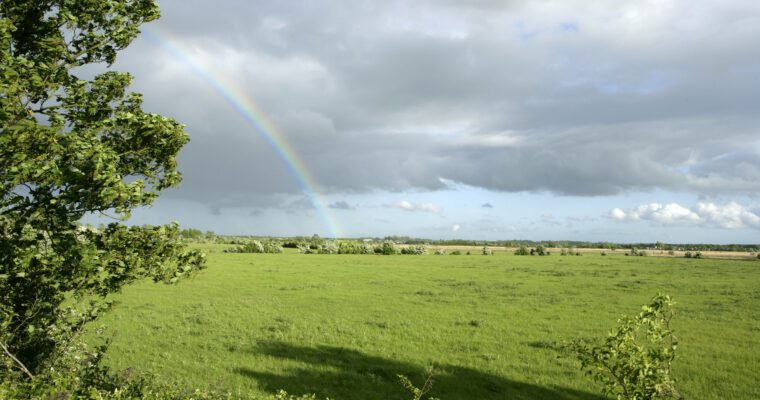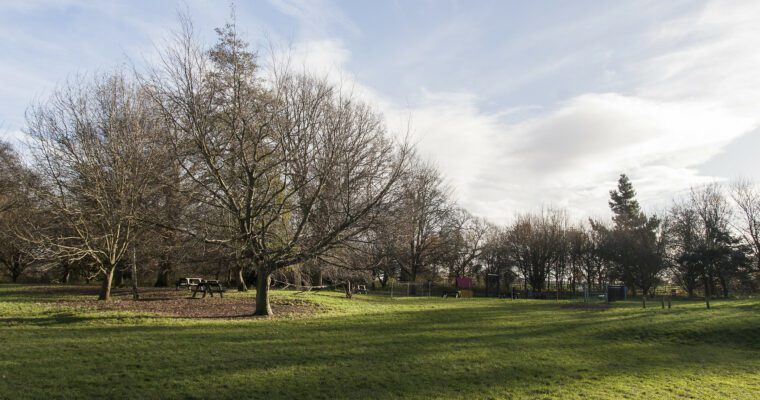Planting Garden Trees for Pollinators
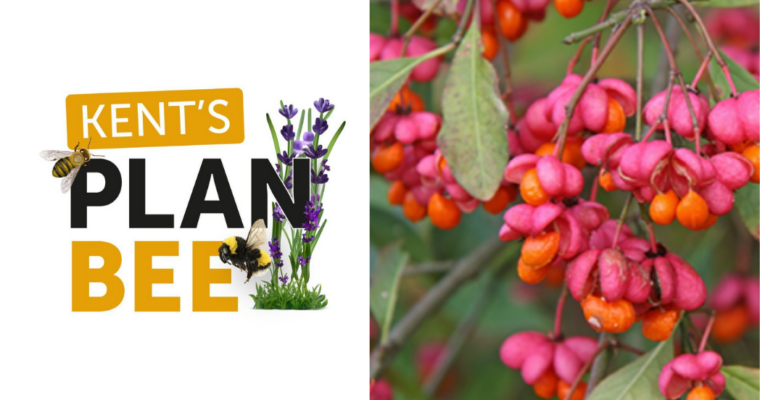
7th December 2021
Planting trees to encourage pollinators in your garden
A good rule of thumb when selecting what native trees to plant in your garden is see which tree species are growing or regenerating in the wild close by. Be sure not to plant young trees into existing valuable habitats that will lose their ecological richness by being overplanted and shaded – especially flower-rich grasslands or marshes, areas of heathland or peaty wetlands.
The following tree species are a few suggestions for smaller trees that can be easily planted in gardens and green spaces. Most native trees only flower in spring or summer, but try to provide a sequence of flowering blossoms, with nectar and pollen sources available.
Early spring flowering trees
Goat willow Salix caprea
The rather inconspicuous Goat willow comes into its own in early spring. On a sunny late- winter day, queen bumblebees, early solitary bees and wasps amass around the yellow catkins. Willows are dioecious with male and female flowers borne on separate plants and look quite different. Both males and females will produce nectar but only ‘fluffy’ male catkins produce pollen.
There are about 20 native willow species which support more species of moth than any other type of British tree. According to Butterfly Conservation, 138 moth species are associated with willows as caterpillar food plants as well as forage plants, including species such as the scarce Sallow clearwing and the Slender pug moth.
Cherry Plum Prunus cerasifera
Prized for its pure white blossom from February to March, it is one of the earliest sources of nectar and pollen for queen bumblebees coming out of hibernation and early solitary bees such as the Hairy-footed Flower bee, males being some of the first solitary bees to emerge. This small, introduced garden tree can now be found naturalised in hedgerows and field edges, and is planted as a street tree. An ancestor of the domestic plum, the fruit are also much loved by wild birds and sugar-loving insects.
Blackthorn Prunus spinosa
The arrival of blackthorn blossom, before their leaves emerge, is the harbinger of spring in hedgerows from March onwards. As a member of the rose family, like so many of its close relatives, blackthorn’s flowers attract many different pollinating insects including the scarce Blackthorn mining bee and the food plant of larvae of Magpie, Swallow-tailed and Yellow-tail moths. Adult butterflies emerging from winter hibernation are equally attracted to its spring nectar. The small, black sloe berry fruit develop from summer onwards, and are devoured during autumn and winter by flocks of birds.
Spring to early summer flowering trees
Apple Malus domestica and Crab apple M. sylvestris
Another member of the rose family, and regarded as one of the most important nectar and pollen sources in spring for honeybees, the cultivated apple, and its close wild relative Crab apple, are equally important forage sources for many wild pollinators. Several early solitary bee species are attracted to apple, including Ashy mining bee and Tawny mining bee. Red mason bee is noted to be much more effective pollinator than honeybees of apple and they are used as the main pollinator in many cultivated apple orchards.
Silver Birch Betula pendula
Although wind-pollinated, the free-hanging male catkins of this beautiful tree produce pale yellow pollen which is collected by bumblebees and solitary bees in spring. The larvae of over 110 moth species feed on this tree from very common species such as the Peppered moth to some of our rarest moth species including the Kentish Glory – which, despite its name, is now only found in the far north of Scotland.
Hawthorn Crataegus monogyna
Hawthorn is another member of the rose family, and is synonymous with the classic British hedgerow. May blossom, as it is also known, starts to flower in April and by warm May days, the boughs can be draped in thick swathes of the cream-coloured blossom with its heady scent. The open, simple flower structure, like all the wild rose family, provide easily-accessible nectar and pollen for the many pollinating insects including mining and furrow bees, as well as a food plant for 76 species of moth including Brimstone, Common Emerald and the magnificent Emperor moth.
Holly Ilex aquifolium
The evergreen Holly is one of our best pollinator hedgerow plants, as well as in woodlands and gardens. Its small, fragrant white flowers appear between May and June. Although not very showy to the human eye, pollinating insects flock to the clusters of flowers for a ready-source of nectar, and the male flowers for pollen. Short-tongued bumblebees and solitary bees including mining bees widely use Holly, but its namesake the Holly blue butterfly is the insect most commonly associated with this tree – a food plant for the first brood of its caterpillars.
Field maple Acer campestre
The only true native maple of Britain, this small to medium height tree is common in hedgerows and woodland edges. Its green-yellow flowers are not immediately obvious against the fresh lime green leaves. They can be detected by sound as they attract many pollinating insects with nectar such as the Tawny mining bee. Field maple produces spectacular yellow foliage in autumn.
Summer flowering trees
Spindle Euonymus europaeus
This delicate tree flowers in early summer, with dainty 4-petaled white flowers attractive to pollinating insects as well as aphids, which draw in predators such as hoverflies and wasps. The Spindle’s beautiful pink and orange fruit, much loved by birds, make this rather unobtrusive tree stand out in autumn. The Spindle ermine moth is one species that uses this tree as a food plant and can form extensive silken webs to protect the feeding caterpillars in early summer. These webs disappear soon afterwards, normally with no lasting damage to the plant.
Privet – Ligustrum vulgare
A common hedgerow tree of gardens and woodland edges, it produces clusters of white flowers in mid to late summer, if the plants are not clipped back too neatly. These flowers produce a profusion of nectar which can be foraged freely by short-tongues bumblebees, solitary bees and wasps. The larvae of Privet hawk-moth, its namesake, feed on this plant as do a number of other moth species.
The black berries, produced in autumn, although very poisonous to humans, are fed on by thrushes and other birds.
Photo credits: Butterfly Conservation, Emma Lansdell, Hannah Simmons, Rosie Bleet, Steven Falk, The Wildlife Trusts WildNet, The Woodland Trust.
For more information on planting native trees for pollinators, visit the following:
Popular articles
Walking the Pilgrims Way
Experience the beauty of walking across the Kent Downs NL through the…
Inspiring Pub Walks In Kent
With spring just around the corner, now is the ideal time to…
Walk Leader Volunteer Opportunity
Discover how you can become a walk leader in Medway! Uncover the…


